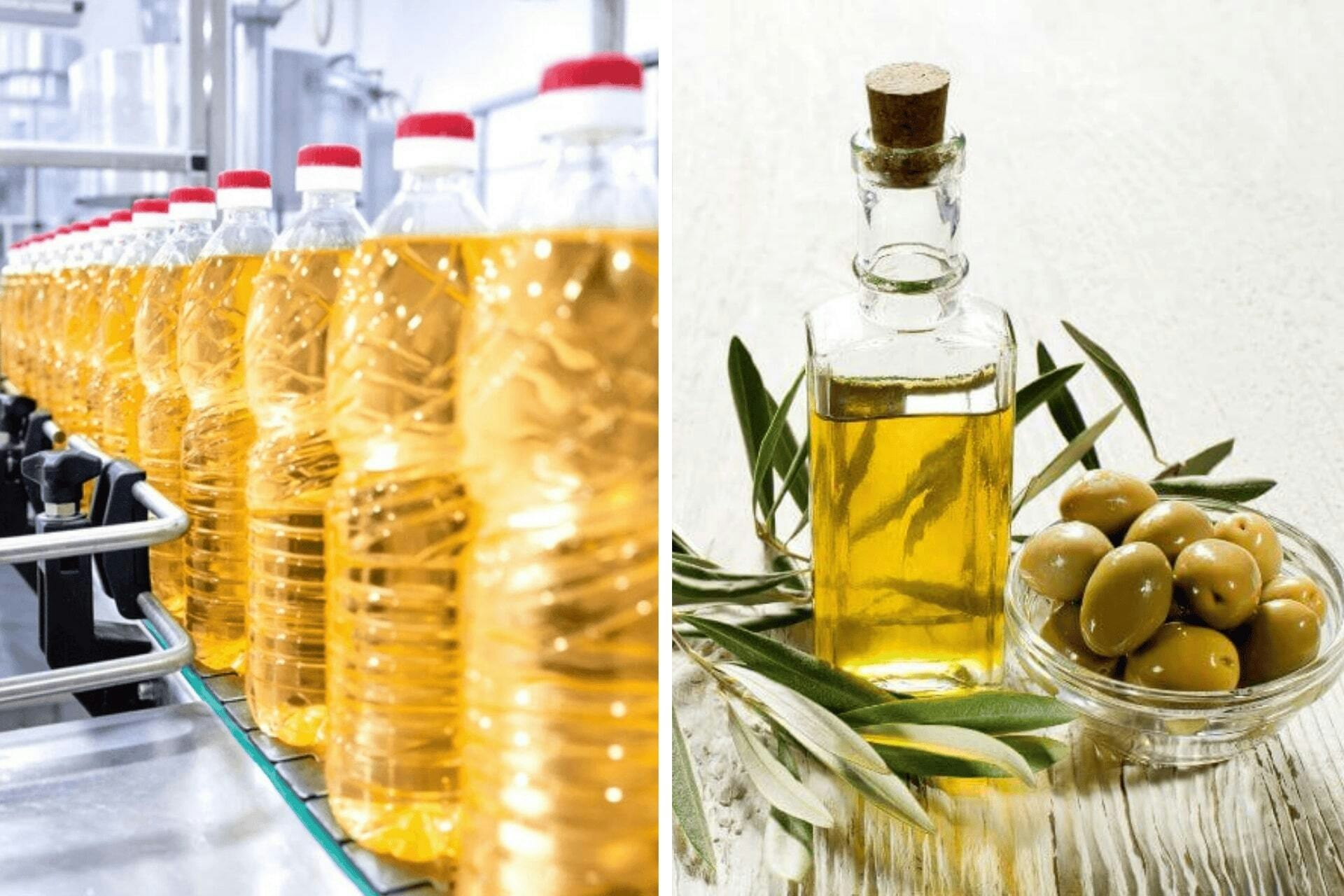You may have seen “high oleic” on bottles of cooking oil and wondered what it really means. High oleic oils are made with more of a type of fat called monounsaturated fat, which can make them more stable when cooking and may offer some health perks.
But not all oils are the same, and it can be confusing to know which ones are worth trying. In this article, we’ll explain what high oleic oil means, how they differ from regular oils, and which ones are commonly available in stores.
What Does High Oleic Oil Mean?
High oleic oil are edible oils rich in oleic acid, a healthy monounsaturated fat, with at least 70% per serving. This makes them more stable when heated and helps them stay fresh longer. In simple terms, “high oleic” means the oil is designed to hold up better during cooking while still being made mostly of healthier fats ❶.
A high oleic oils are more stable at high temperatures, making them ideal for frying, roasting, and baking. They also tend to have a longer shelf life, so they stay fresh for longer periods.
Many high oleic oils have a mild, smooth flavor that won’t overpower your dishes. And because they are mostly made of monounsaturated fats, they are generally considered a healthier choice compared with oils high in saturated or trans fats.
How is High Oleic Oil Different from Regular Oil?
High oleic oils stand out from regular oils mainly because of their fat makeup. While standard oils often contain more polyunsaturated fats, high oleic oils are richer in monounsaturated fats.
This difference affects how they behave during cooking: high oleic oils tend to maintain their quality better under heat, while regular oils can break down faster.
Another difference is in sourcing. Some high oleic oils, such as certain sunflower, soybean, or canola varieties, are developed through selective breeding or modern plant techniques ❷. These methods aim to improve stability and consistency, but if you prefer oils from non-modified crops, it’s worth checking labels.
Overall, high oleic oils offer an option for cooks looking for an oil that performs reliably under heat, while regular oils still have their place for everyday cooking and flavor variety.
Related: Types of Cooking Oils
Is High Oleic Oil Healthy?
High oleic oils are generally considered healthy. They are mostly made up of monounsaturated fats, especially oleic acid, which has been linked to healthy cholesterol levels. Replacing some saturated fats in your diet with oils rich in oleic acid may help reduce certain blood lipids, including LDL cholesterol, often referred to as “bad” cholesterol ❸.
High oleic oils are also popular in cooking and food production because their composition helps them stay stable during cooking and processing. This stability allows foods to maintain flavor and texture for longer periods, which is why you’ll often find high oleic oils in packaged or prepared foods.
Including these oils in your cooking can be an easy way to use a fat that supports heart health while keeping meals tasty.
Examples of High Oleic Oils
High oleic oils offer a variety of options for those seeking stable, heart-friendly fats in their cooking. While they all share a higher concentration of oleic acid, the specific content and characteristics can vary.
Here's a look at some popular high oleic oils and their oleic acid percentages:
- Algae Cooking Oil - Algae cooking oil is a newer entrant in the culinary world, extracted from microalgae. It boasts a high smoke point of 535°F and a neutral flavor, making it versatile for various cooking methods. It is also very high in oleic acid, containing about 90%, which contributes to its stability and heart-friendly profile.
- Extra Virgin Olive Oil (EVOO) - A staple in Mediterranean diets, EVOO is known for its rich flavor and health benefits. It typically contains between 70% and 80% oleic acid, depending on factors like olive variety and climate ❹.
- Avocado Oil - Avocado oil is celebrated for its mild, buttery flavor and high nutrient content. Extracted from the flesh of ripe avocados, it comprises 65% to 68% oleic acid. It is also rich in vitamin E as well as antioxidants ❺.
- High Oleic Safflower Oil - This oil is derived from safflower seeds and is known for its light flavor and high smoke point. High oleic safflower oil contains 80% oleic acid, making it suitable for high-heat cooking ❻.
- High Oleic Sunflower Oil - Sunflower oil is a common choice for frying and baking. The high oleic variety contains at least 80% oleic acid. It offers improved stability and health benefits compared to regular sunflower oil ❼.
- High Oleic Soybean Oil - Soybean oil is widely used in food processing. The high oleic version contains over 70% oleic acid, which enhances its oxidative stability and suitability for various culinary applications ❽.
- High Oleic Canola Oil - Canola oil, derived from the seeds of the canola plant (a type of rapeseed), is favored for its neutral flavor and versatility. The high oleic variant contains about 71% oleic acid, providing a stable cooking oil option with a favorable fat profile ❾.





